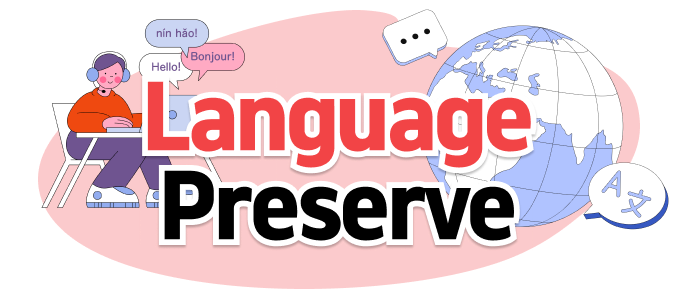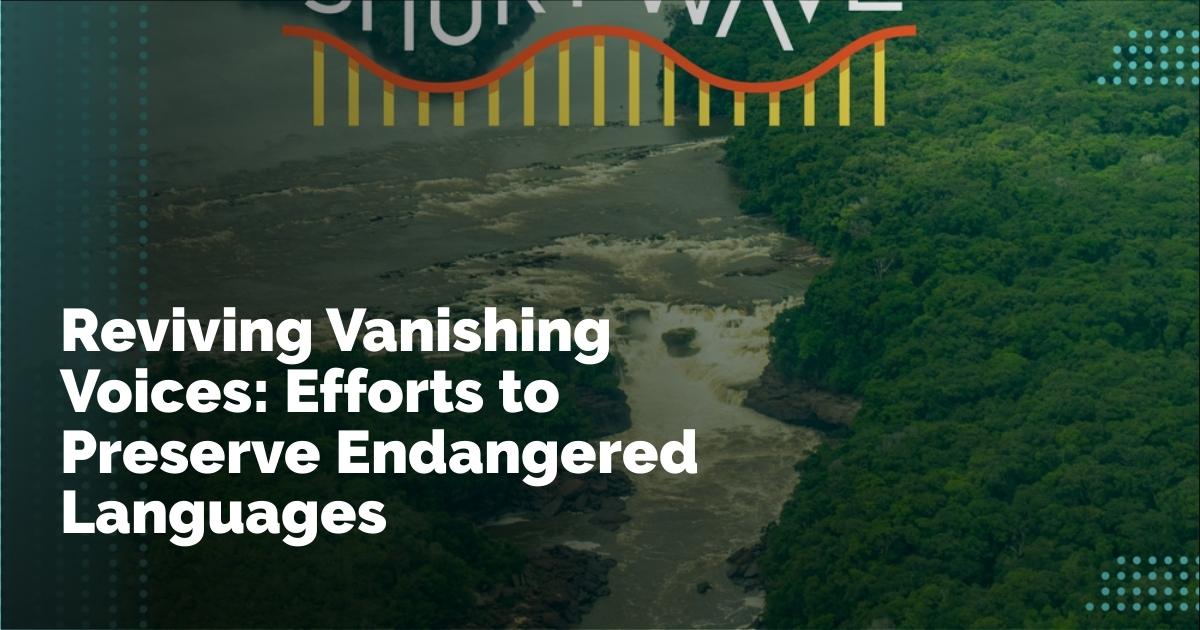Endangered Languages: A Global Crisis and Efforts for Preservation
More than 40% of the world’s approximate 7,000 languages are at risk of extinction by the end of this century. This includes numerous Indigenous languages, such as those found in the Vaupés region of Northwest Amazonia. The situation is so dire that the United Nations estimates an Indigenous language dies every two weeks. Efforts by linguists like Wilson de Lima Silva are crucial in reversing this course and preserving these vital cultural heritages.
The Rich Linguistic Diversity and Its Uncertain Future
Linguistic diversity is often found in regions that are also ecologically diverse. Areas like the Amazon and the Pacific Islands display this richness, with Papua New Guinea standing out as one of the most linguistically diverse places globally. Despite this diversity, these regions face rapid linguistic decline, a situation compounded by factors such as climate change and cultural homogenization driven by socio-economic pressures.
The Human Element of Language Loss
Language is more than just a means of communication; it is a vital element of cultural identity and community bonding. When languages die, it is not just words that are lost, but histories, traditions, and the sense of belonging that they foster among communities. The loss of Indigenous languages in tropical regions highlights the need for urgent preservation efforts. Changes in climate and socio-economic instability often lead to migration, diluting linguistic communities and leading to the erosion of unique linguistic identities.
Wilson de Lima Silva’s Efforts in Amazonia
Wilson de Lima Silva, a linguist at the University of Arizona, focuses his efforts on documenting and revitalizing endangered languages in the Amazon, particularly Desano and Siriano. Having grown up in Manaus, near the heart of the Amazon, Silva’s connection to these languages is both professional and personal. His journey into language documentation began in 2007 with Desano, a Tucanoan language spoken by a dwindling number of people.
Challenges and Discoveries in Language Documentation
Silva’s expeditions to the Amazon highlight the logistical challenges of reaching these remote communities. His visits to San Jose de Vina, home to a small number of Desano and Siriano speakers, are characterized by lengthy journeys by plane and motorboat. Despite these challenges, Silva has made significant strides in documenting these languages, leveraging unique strategies like the board game Mastermind to encourage speakers to engage in natural conversation. This method not only makes the participants comfortable but also provides valuable linguistic data that mirrors everyday speech.
Understanding Desano and Siriano
Desano and Siriano are classified as severely endangered due to their limited number of speakers and the influence of more dominant languages, like Portuguese and Spanish. These languages face the additional challenge of existing in multilingual communities, where cultural norms encourage marriage between speakers of different languages, thus diluting the use of Indigenous tongues.
The Socio-Economic Pressures Impacting Language Use
Economic and educational disparities add to the pressure on these languages. Limited access to healthcare and education forces many community members to migrate to urban areas, where their native language might not be supported or valued. This migration often results in language shift, with younger generations adopting dominant languages for better integration and economic opportunities.
The Process of Language Documentation
By capturing the nuances of Desano and Siriano, Silva aims to preserve them for future generations. This involves recording natural conversations and translating them to ensure accuracy. The documentation helps linguists understand unique linguistic features, such as the use of evidentials, which are grammatical markers that denote how a speaker knows what they know, a concept deeply embedded in Desano.
Revitalization: Breathing New Life into Endangered Languages
Beyond documentation, Silva’s work involves revitalization—ensuring that these languages continue to thrive within their communities. This involves creating educational materials and encouraging the youth to embrace and speak their ancestral languages. For Silva, revitalization represents a shift in focus from merely gathering linguistic data to actively contributing to the community’s linguistic future.
Ensuring Language Legacy through Innovative Approaches
Silva and his team employ innovative approaches, such as using technology to animate traditional stories told in Desano. These recordings not only preserve the language but engage audiences who might otherwise not have access to this rich cultural landscape. For Silva, the goal is to ensure that even if active speakers of these languages dwindle, the wealth of linguistic records he has helped assemble will serve as a beacon for future revitalization efforts.
The Future of Preservation Efforts
As the global community becomes more aware of the impacts of language loss, the work of linguists such as Wilson de Lima Silva demonstrates both the challenges and the potential solutions. By bridging academic research with community needs, there is hope that many of these languages will continue to thrive, preserving the diverse cultural tapestries they represent for generations to come.
출처 : Original Source

